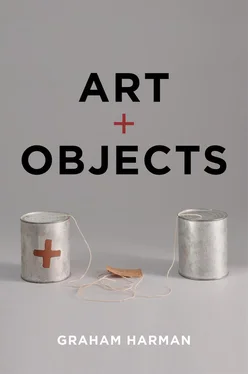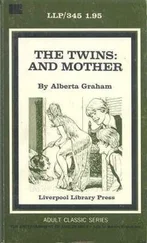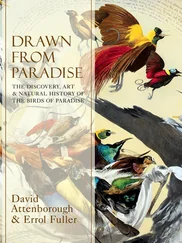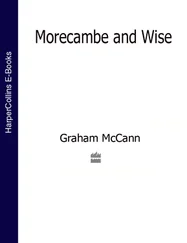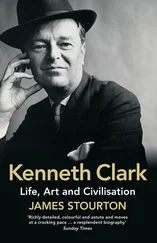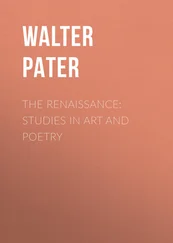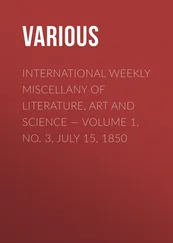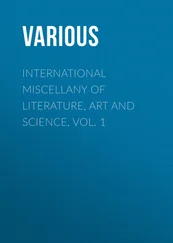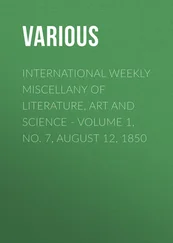For further information on Polity, visit our website: politybooks.com
IClement Greenberg, The Collected Essays and Criticism, Vol. 1IIClement Greenberg, The Collected Essays and Criticism, Vol. 2IIIClement Greenberg, The Collected Essays and Criticism, Vol. 3IVClement Greenberg, The Collected Essays and Criticism, Vol. 4AAMT.J. Clark, “Arguments About Modernism”ABRobert Pippin, After the BeautifulADJacques Rancière, Aesthetics and its DiscontentsAEAArthur Danto, After the End of ArtANAPeter Osborne, Anywhere or Not at AllAOMichael Fried, Art and ObjecthoodAOARobert Jackson, “The Anxiousness of Objects and Artworks”AAPJoseph Kosuth, “Art After Philosophy”ATMichael Fried, Absorption and TheatricalityAWArthur Danto, Andy WarholBBJElaine Scarry, On Beauty and Being JustBNDHal Foster, Bad New DaysCGTAT.J. Clark, “Clement Greenberg’s Theory of Art”CJImmanuel Kant, Critique of JudgmentCRMichael Fried, Courbet’s RealismDBGavin Parkinson, The Duchamp BookESJacques Rancière, The Emancipated SpectatorFIT.J. Clark, Farewell to an IdeaGDGraham Harman, “Greenberg, Duchamp, and the Next Avant-Garde”HEClement Greenberg, Homemade EstheticsHMWMichael Fried, “How Modernism Works”KADThierry de Duve, Kant After DuchampLWClement Greenberg, Late WritingsMMMichael Fried, Manet’s ModernismNOBettina Funcke, “Not Objects so Much as Images”OAGRosalind Krauss, The Originality of the Avant-GardeOCLeo Steinberg, Other CriteriaOOSRoger Rothman, “Object-Oriented Surrealism”OURosalind Krauss, The Optical UnconsciousPAJacques Rancière, The Politics of AestheticsRRHal Foster, The Return of the RealTCArthur Danto, The Transfiguration of the CommonplaceTNHarold Rosenberg, The Tradition of the New
… le chef-d’oeuvre qu’on regarde tout en dînant ne nous donne pas la même enivrante joie qu’on ne doit lui demander que dans une salle de musée, laquelle symbolise bien mieux, par sa nudité et son dépouillement de toutes particularités, les espaces intérieurs où l’artiste s’est abstrait pour créer .
Marcel Proust, À l’ombre des jeunes filles en fleur , p. 199
It is well known that Modernism in the visual arts finds an intellectual basis in Immanuel Kant’s Critique of Judgment (1790), and more recently in the work of the pivotal American critics Clement Greenberg and Michael Fried. Kant is often called a “formalist” in his approach to art, despite not using the term in this connection. But he does speak of formalism in his ethical theory, and we will see that the reasons that motivate the term’s appearance in one case apply to the other as well. Use of the word “formalist” to describe Greenberg and Fried encounters more resistance, at least in circles where these authors are viewed favorably, and special efforts are made to exempt Fried from this designation. Stephen Melville, for instance, laments “what is still far too often presented as Greenberg and Fried’s Kantian formalism,” while Richard Moran objects that formalism “seems an inapt term to characterize [Fried’s] brilliant readings of French painting …” 1The present book will nonetheless speak of Greenberg and Fried as Kantian formalists, though I am far more sympathetic to these authors than most who do so; indeed, I regard both authors as classics whose importance goes well beyond the sphere of art. Although I am well aware that Greenberg was cold to the word “formalism,” and that Fried remains even more so, the term fits them perfectly well in the sense to be developed in this book. My goal in saying so is not to impose unwanted terminology on anyone, but to renew focus on what is living and what is dead in Kant’s approach to art, and in his philosophical position more generally. No intellectual figure dominates the past two-and-a-half centuries like Kant, and previous attempts to get beyond him have never really gotten to the heart of the matter – the titanic efforts of German Idealism notwithstanding. Thus, we remain haunted by Kant’s strengths and limitations to this day.
Beginning in the 1960s, the prestige of formalism in the art world was rivalled and then eclipsed by a general anti-formalist attitude that can be called “postmodern,” for lack of a better term. This occurred through various practices that flouted the principles of modernist art: especially the formalist credo of the autonomy and integrity of the artwork reflected in the epigraph from Proust above. Yet the new generation of critics who lent their authority to the turn away from High Modernism were too quick to jettison formalism without safeguarding its most important insights. This has left the arts – like philosophy in its continental branch – in a wilderness defined in philosophy by misguided opposition to realism, and in art by a superannuated commitment to the now grandfatherly spirit of Dada. Object-Oriented Ontology (abbreviated OOO, pronounced “triple O”) is in a good position to salvage treasures from the apparent wreck of formalism, because it must do so. As a philosophy committed to the autonomous existence of objects apart from their various relations, OOO endorses the basic formalist principle of the self-contained object, while flatly rejecting the further assumption that two specific kinds of entities – human subject and non-human object – must never be permitted to contaminate each other. This strict taxonomical segregation of humans from everything non-human stands at the center of Kant’s revolution in philosophy, rarely for better and often for worse. The present book is meant as a challenge to both post-Kantian philosophy and post-formalist art, on the shared basis that both trends rejected their predecessor doctrine for the wrong reason. OOO remains allied to the formalist ban on literalism , though in a different sense from Fried’s: one that I will also call “relationism.” By literalism I mean the doctrine, or often the unstated assumption, that an artwork or any object can be adequately paraphrased by describing the qualities it possesses, which ultimately means by describing the relation in which it stands to us or something else. Nonetheless, OOO embraces theatricality despite Fried’s intense – though disarmingly intricate – anti-theatrical sentiments. Stated differently, I will argue for a non-relational sense of the theatrical. I will also refuse Greenberg’s unified flat canvas in favor of a model in which every element of an artwork generates its own discrete background.
It is often the case that philosophical books on art begin with expansive scruples about the respective meanings of such words as “art,” “aesthetics,” and “autonomy.” Sometimes this is done with informative thoroughness, as in Peter Osborne’s recent Anywhere or Not at All ( ANA 38-46). While recounting the history of a term is never enough to justify etymological purism, it can certainly help shed light on what is lost through shifting meanings. The Greek word aisthesis refers, of course, to perception, and there was a specific historical process through which “aesthetics” came to refer to the philosophy of art, and yet another specific process through which various twentieth-century artists and theorists decided to reject the identification of art with aesthetics. Osborne takes sides in this story, as most others do: “The new, postconceptual artistic ontology that was established – ‘beyond aesthetic’ – came to define the field to which the phrase ‘contemporary art’ most appropriately refers, in its deepest conceptual sense” ( ANA 37). At the same time, he accuses his opponents of a “confusion about autonomy” ( ANA 37) that can only be cleared up through a historical account of the relation between Kant and Jena Romanticism. This recommendation is not philosophically neutral, since Osborne is inspired by Hegel – as mediated by Adorno – in a way that the present book is not. In particular, I reject Osborne’s claim that not Kant but only the Romantics managed to argue for the autonomy of art, and I do so because Kant’s isolation of art from conceptual paraphrase, personal agreeableness, and functional utility (as in his chilliness toward architecture) is sufficient to protect art from Osborne’s assertion that “most of what has always been and continues to be of most significance about art … [is] its metaphysical, cognitive, and politico-ideological functions …” ( ANA 42-3). The obvious downside of Osborne’s approach is that it tends to drown what is most distinctive about art – and philosophy – in a swamp of arch disquisitions on mass media and the commodity-form. Art is autonomous for the same reason as everything else: however significant the relations between one field or object and another, most things do not affect each other in the least. Any attempt to explain art in terms of capital or popular culture shoulders a heavy burden of proof in explaining why these outside factors ought to outweigh what belongs to the artwork in its own right. It is not enough merely to assert that “all these relations [are] internal to the critical structure of the artwork” ( ANA 46). Such claims face the doom of what Arthur Danto calls a “metaphysical sandpit” (TC 102), as will be seen in Chapter 6.
Читать дальше
